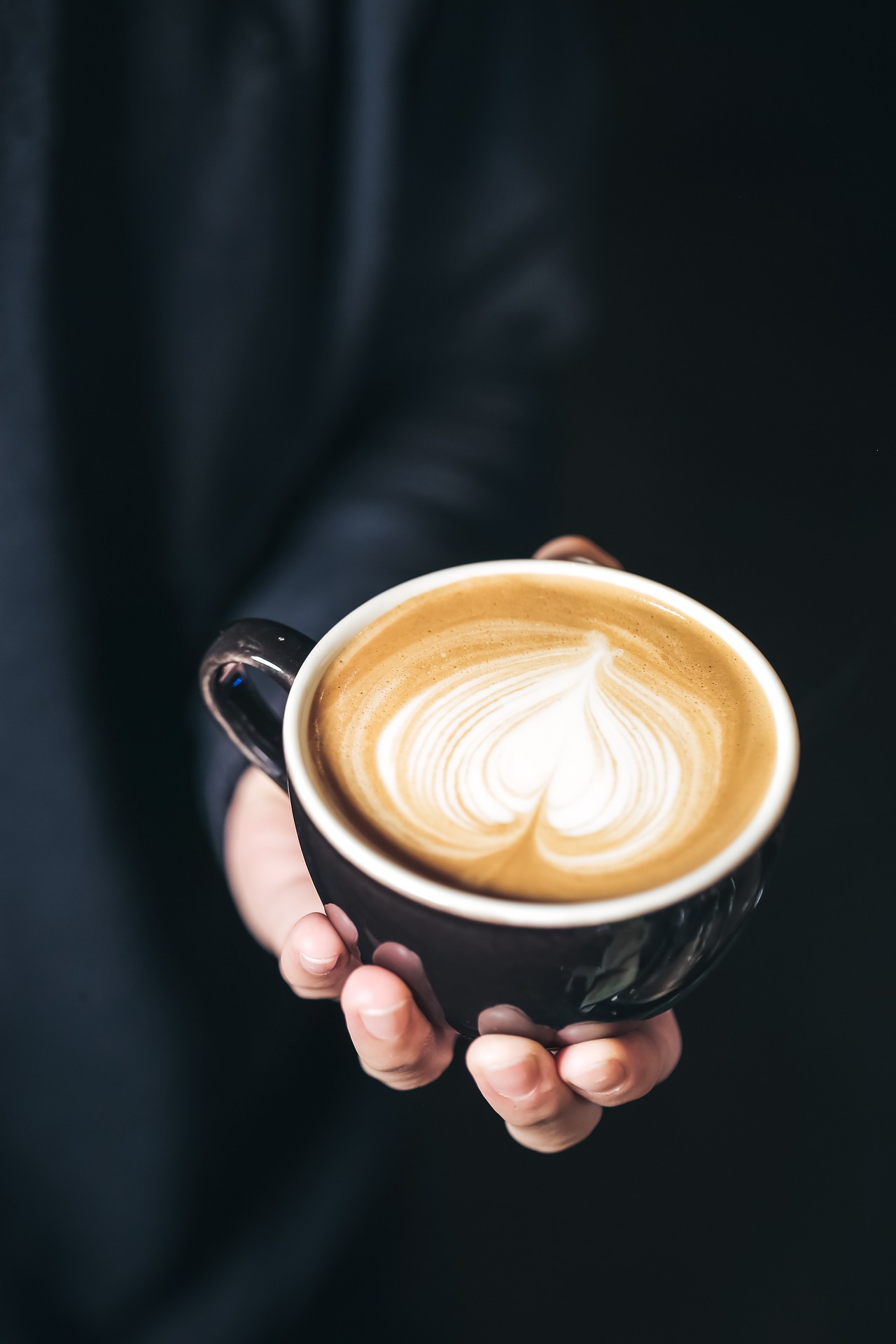Introduction
Tea is one of the most popular beverages worldwide, enjoyed by millions for its rich flavors and cultural significance. Each region has its own unique tea traditions, rituals, and preparation methods. In this article, we will explore the diversity of global tea cultures, highlighting the various ways tea is enjoyed around the world.
1. Chinese Tea Culture
China is often considered the birthplace of tea, with a history that dates back thousands of years. Chinese tea culture is characterized by its emphasis on quality, tradition, and artistry:
- Tea Ceremonies: Traditional Chinese tea ceremonies focus on the art of brewing and serving tea. The Gongfu tea ceremony involves multiple infusions of high-quality tea leaves, allowing drinkers to appreciate the evolving flavors.
- Varieties: China produces a wide range of tea types, including green, black, oolong, white, and pu-erh. Each variety has its own unique flavor profile and brewing techniques.
- Health Benefits: Chinese culture places great importance on the health benefits of tea, with many varieties believed to promote well-being and longevity.
2. Japanese Tea Culture
Japanese tea culture is deeply rooted in tradition and aesthetics, with a strong emphasis on mindfulness and simplicity:
- Matcha: Matcha, powdered green tea, is a staple of Japanese tea culture. It is used in tea ceremonies and is known for its vibrant green color and rich umami flavor.
- Tea Ceremonies: The Japanese tea ceremony, known as Chanoyu, is a highly ritualized practice that emphasizes harmony, respect, purity, and tranquility. Participants engage in a meditative experience while preparing and enjoying tea.
- Seasonal Influences: Japanese tea culture often reflects the changing seasons, with different teas enjoyed at various times of the year.
3. Indian Tea Culture
India is renowned for its diverse tea culture, with regional variations and unique preparation methods:
- Chai: Masala chai, a spiced tea made with black tea, milk, and a blend of spices, is a beloved beverage in India. It is often enjoyed throughout the day and served to guests as a symbol of hospitality.
- Darjeeling and Assam: India produces some of the world’s finest teas, including Darjeeling and Assam. Each region has its own distinct flavor profile, influenced by the climate and soil.
- Tea Gardens: Tea estates in India are not only important for production but also serve as tourist attractions, offering visitors a glimpse into the tea-making process.
4. British Tea Culture
Tea has become an integral part of British culture, with a rich history and a variety of traditions:
- Afternoon Tea: The tradition of afternoon tea, popularized by Anna Russell, the Duchess of Bedford, involves serving tea alongside a selection of sandwiches, scones, and pastries. It is a social occasion that emphasizes elegance and relaxation.
- Tea Blends: British tea culture has led to the creation of iconic blends, such as English Breakfast and Earl Grey. These blends are often enjoyed with milk and sugar.
- Tea Rooms: Traditional tea rooms can be found throughout the UK, offering a cozy atmosphere for enjoying tea and light refreshments.
5. Middle Eastern Tea Culture
Tea plays a significant role in Middle Eastern hospitality and social customs:
- Mint Tea: In countries like Morocco, mint tea is a symbol of hospitality. The tea is brewed with green tea leaves, fresh mint, and sugar, creating a refreshing and aromatic beverage.
- Ceremonial Serving: The serving of tea is often a ceremonial affair, with elaborate rituals and presentations that reflect the importance of hospitality.
- Social Gatherings: Tea is commonly enjoyed during social gatherings, with friends and family coming together to share stories and enjoy each other’s company.
Conclusion
The diversity of global tea cultures showcases the rich traditions and practices surrounding this beloved beverage. From the intricate ceremonies of China and Japan to the warm hospitality of India and the Middle East, tea continues to bring people together, transcending borders and cultures. By exploring these traditions, we can deepen our appreciation for tea and the connections it fosters around the world.



